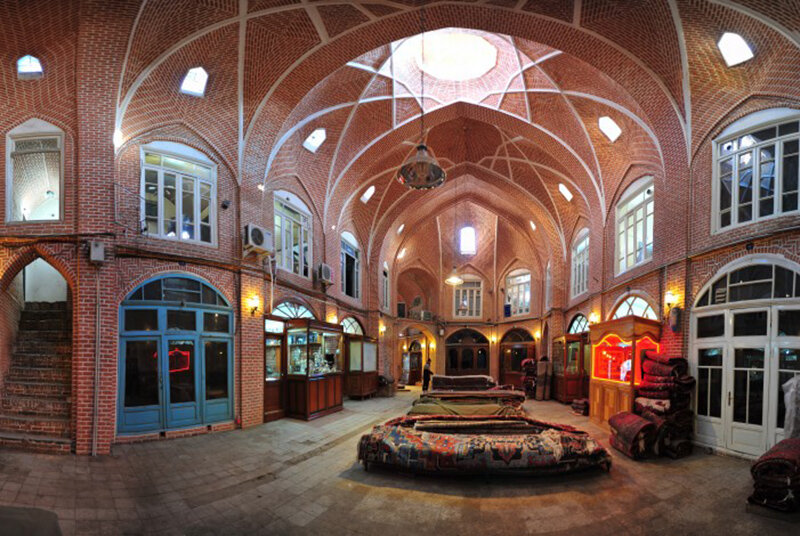Historical monuments undergo restoration in northwest Iran

TEHRAN – Five historical buildings and structures in northwestern East Azarbaijan province were restored during the previous Iranian calendar year 1398 (ended March 20).
Parts of the historic bazaar of Tabriz, Rab’-e Rashidi, King Hassan mosque, Chahar Menar (Four Minarets) tomb, and Sheikh Shahabuddin Ahari mausoleum underwent some rehabilitation works, provincial tourism chief Ahmad Hamzezadeh said on Monday, CHTN reported.
The restoration projects aimed at preserving, protecting, and strengthening the historical sites, which were damaged over the years, he concluded.
The historic bazaar of Tabriz, which caught fire in 2019, has been a UNESCO World Heritage Site since 2010 and was mentioned by Marco Polo when he traveled the Silk Road in the Middle Ages.
A labyrinth of interconnected covered passages that stretches for about 5 km, the bazaar has been a melting pot of cultural exchange since antiquity.
It embraces countless shops, over 20 caravanserais, and inns, some 20 vast domed halls, bathhouses, and mosques, as well as other brick structures and enclosed spaces for different functions. Its history dates back to over a millennium, however, the majority of fine brick vaults that capture most visitor’s eyes date from the 15th century.
Rab’-e Rashidi, which is also located in Tabriz, the capital of the province, was established during the reign of Ghazan, a ruler of the Ilkhanid dynasty.
It embraces a paper factory, a library, a hospital (Dar-al-Shafa), a Quranic center (Dar-al-Quran), residential facilities for teachers, students’ quarters, and a caravanserai amongst other facilities.
Tabriz became the capital of the Mongol Il-Khan Mahmud Gazan (1295–1304) and his successor. Timur (Tamerlane), a Turkic conqueror, took it in 1392. Some decades later the Kara Koyunlu Turkmen made it their capital, it was when the famous Blue Mosque was built in Tabriz.
The ancient city retained its administrative status under the Safavid dynasty until 1548 when Shah Tahmasp I relocated his capital westward to Qazvin.
During the next two centuries, Tabriz changed hands several times between Persia and the Ottoman Empire. During World War I, the city was temporarily occupied by Turkish and then Soviet troops.
ABU/MG
